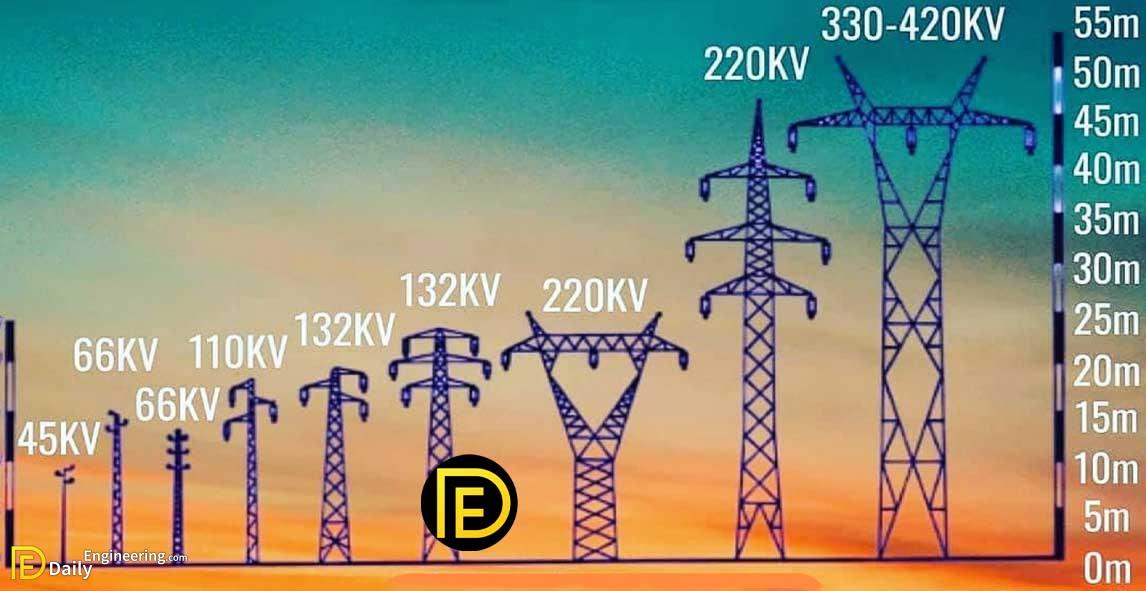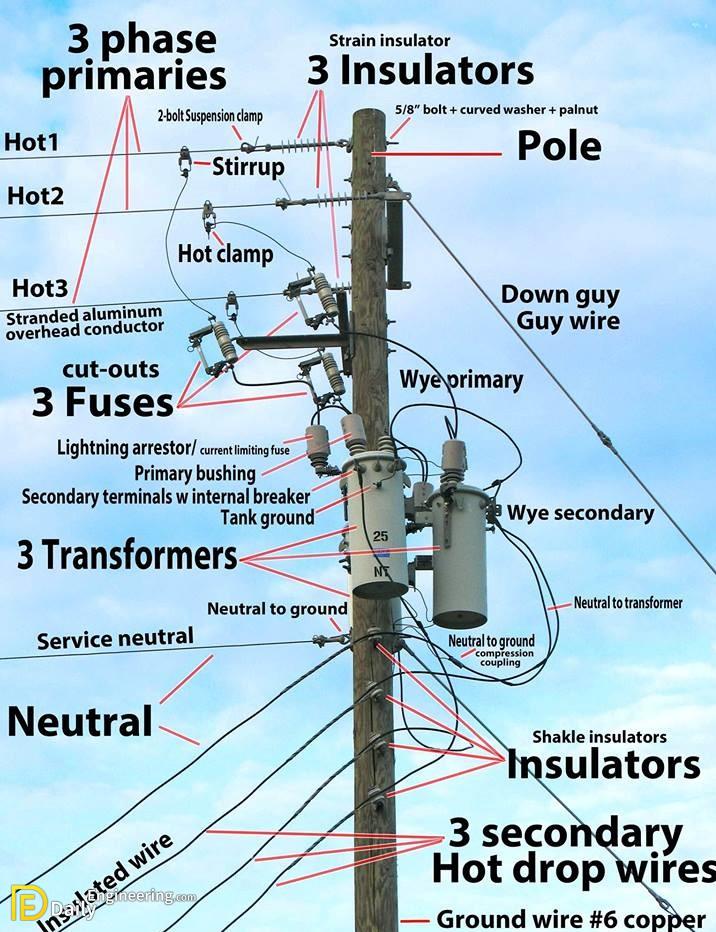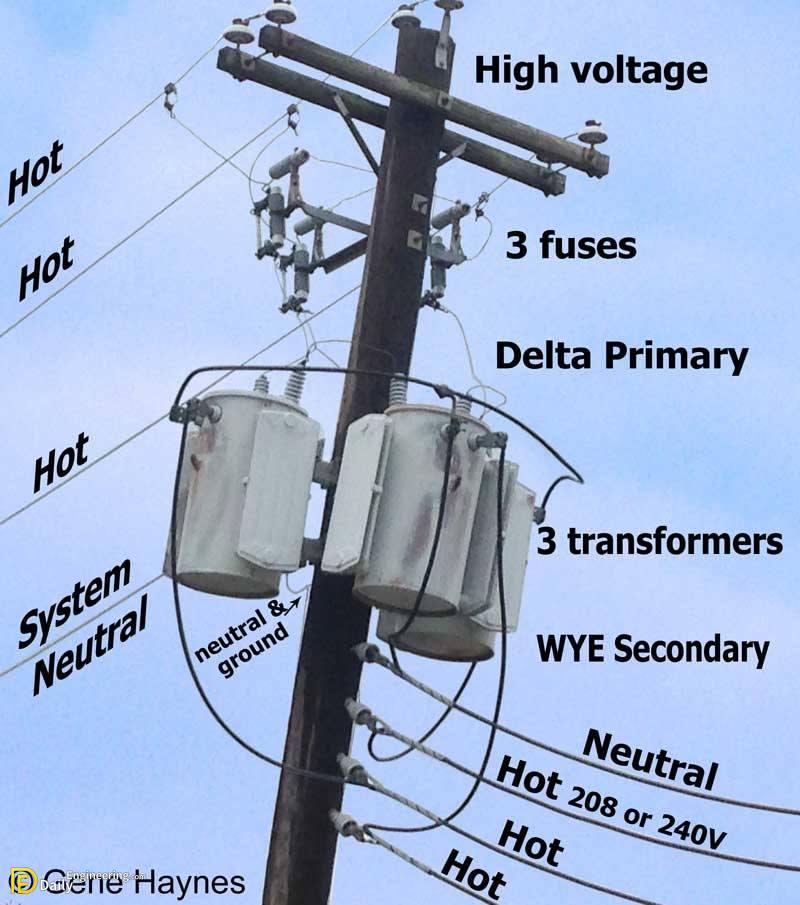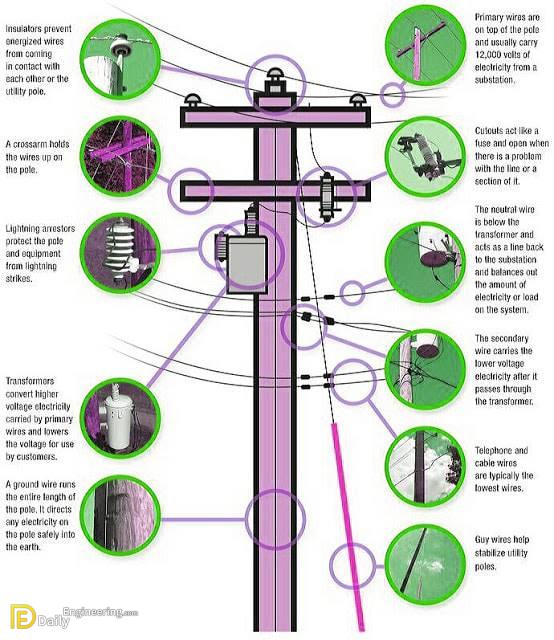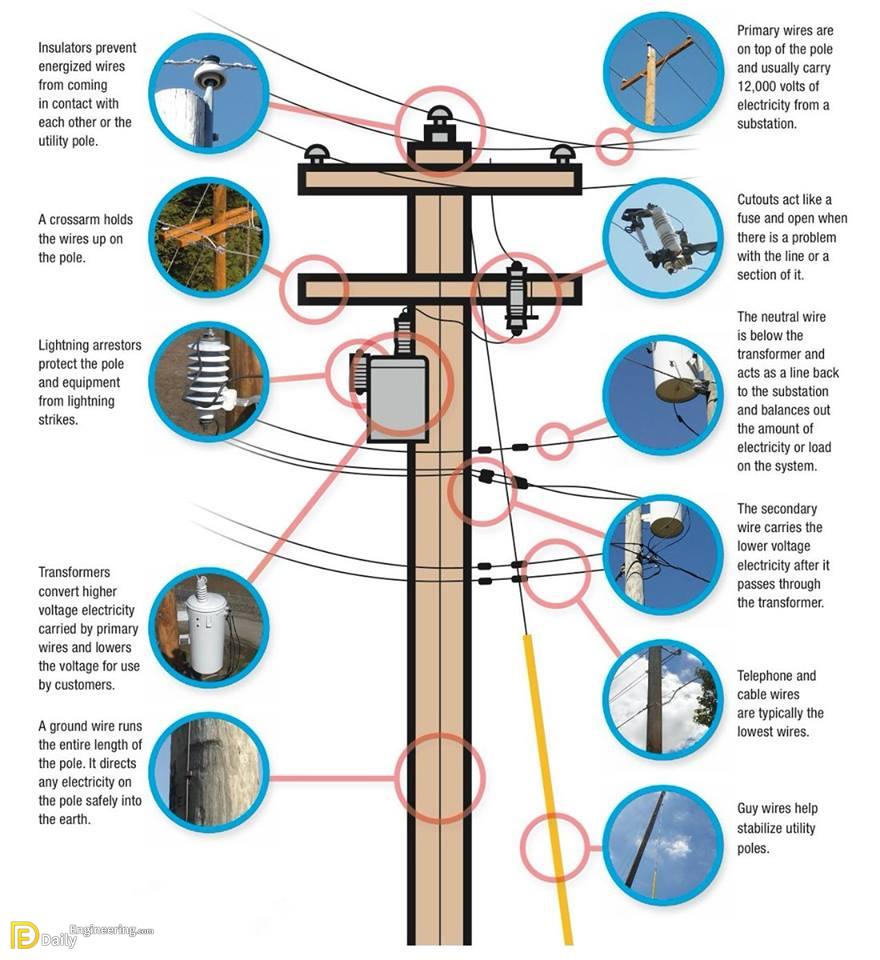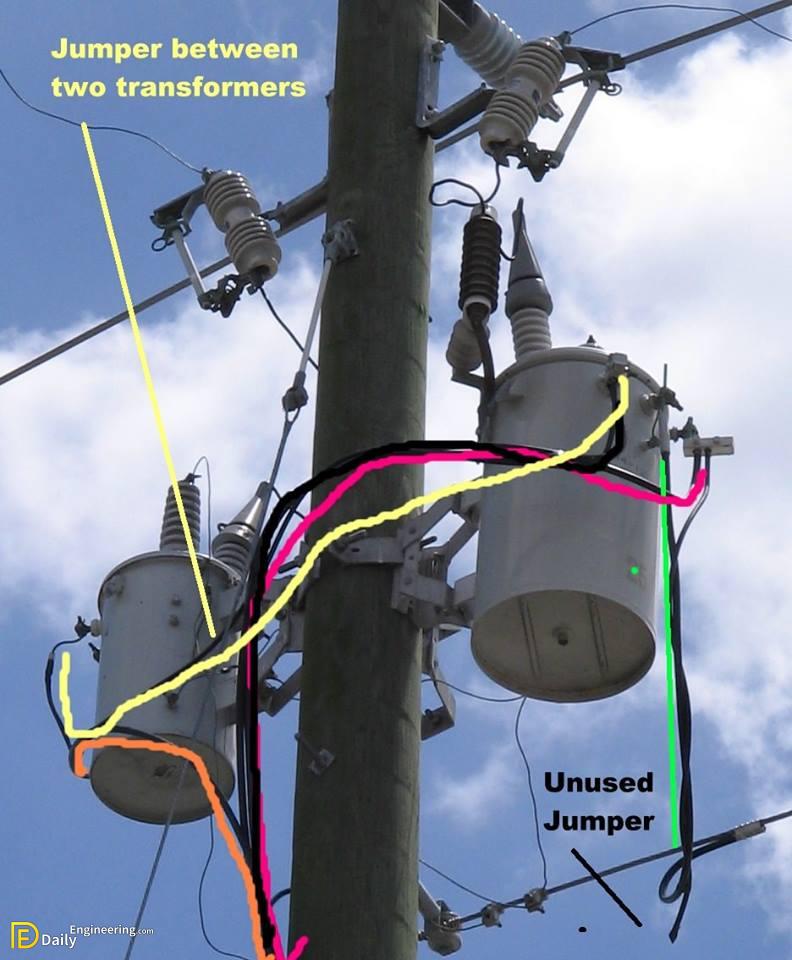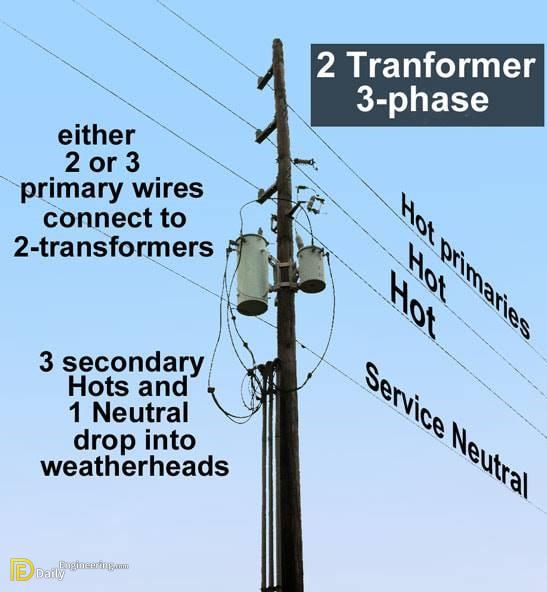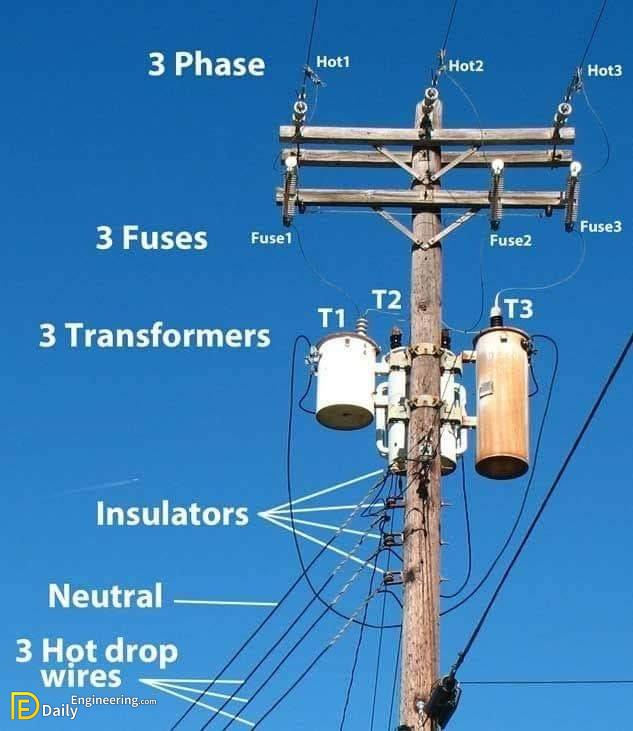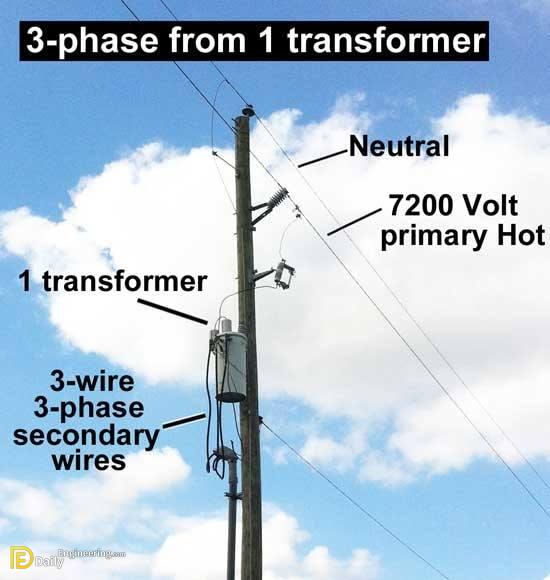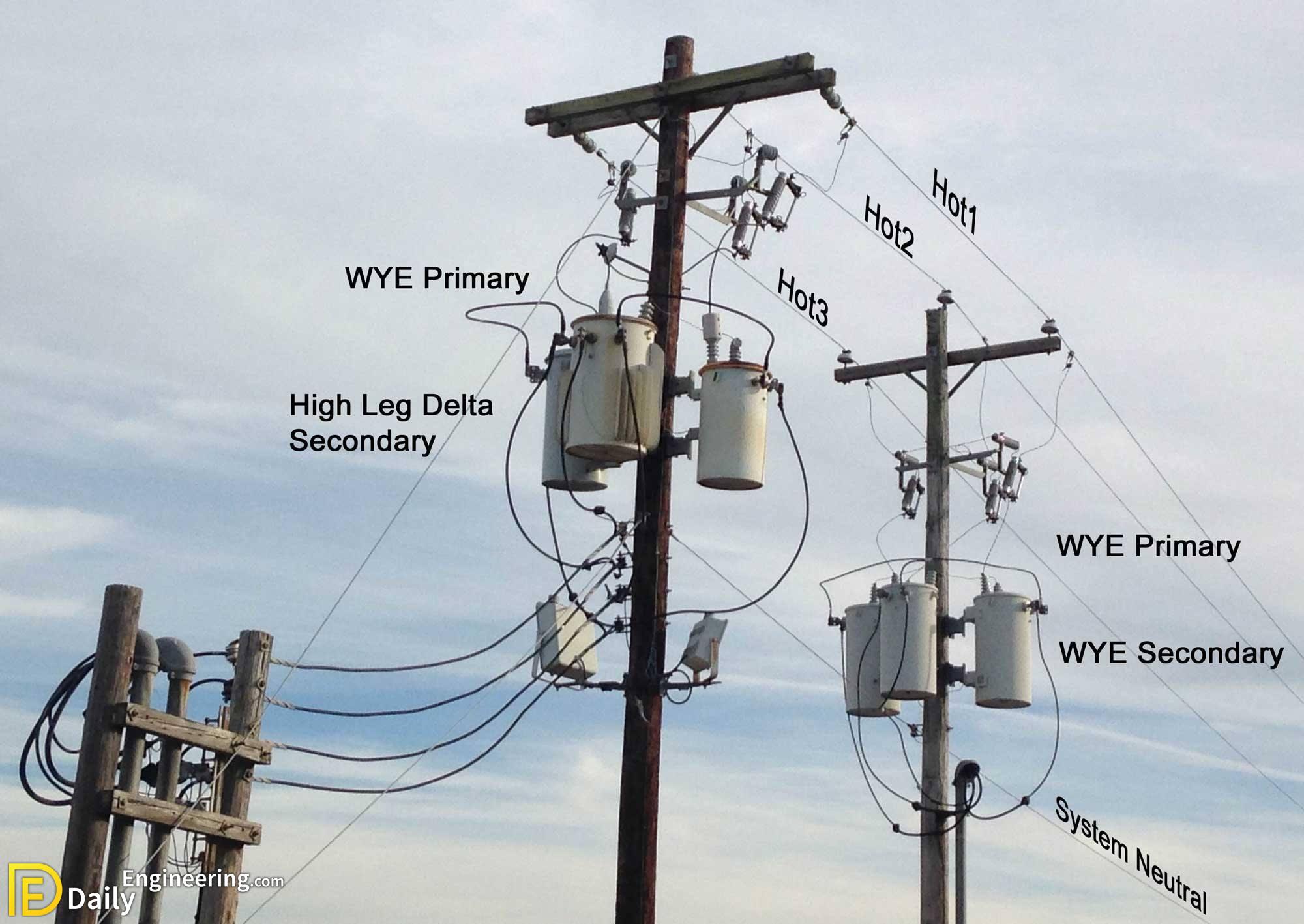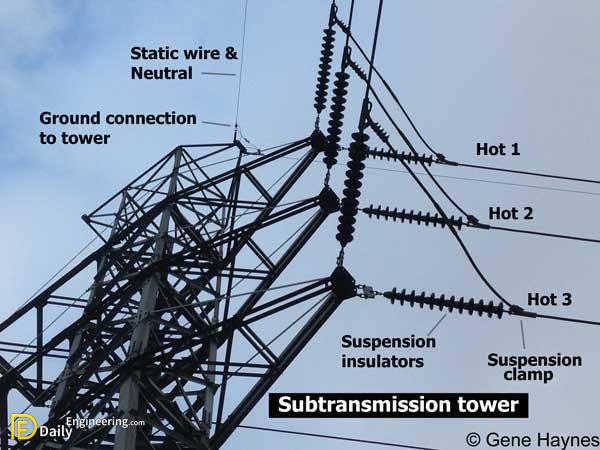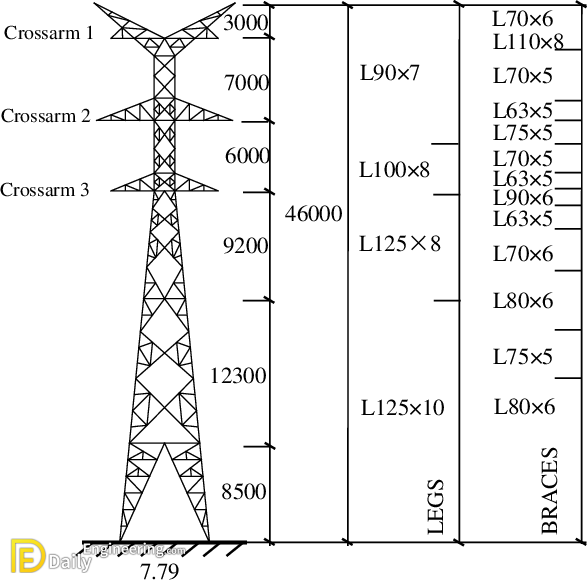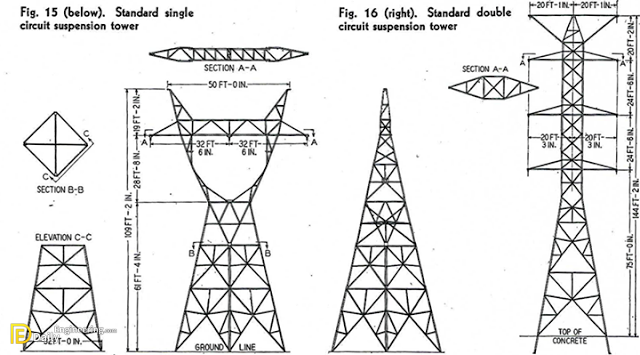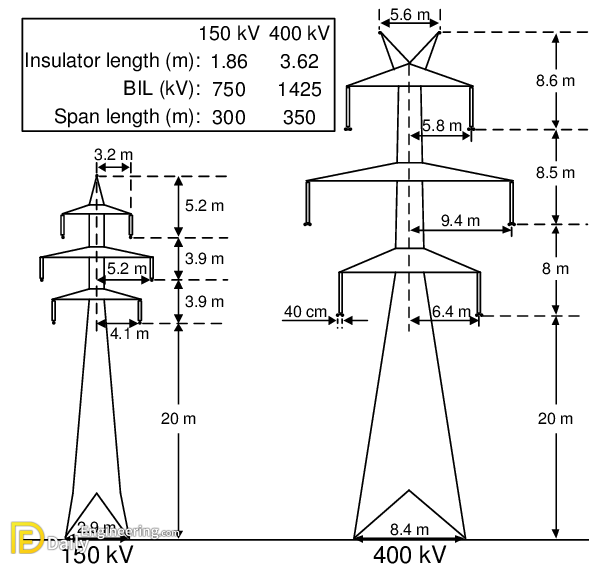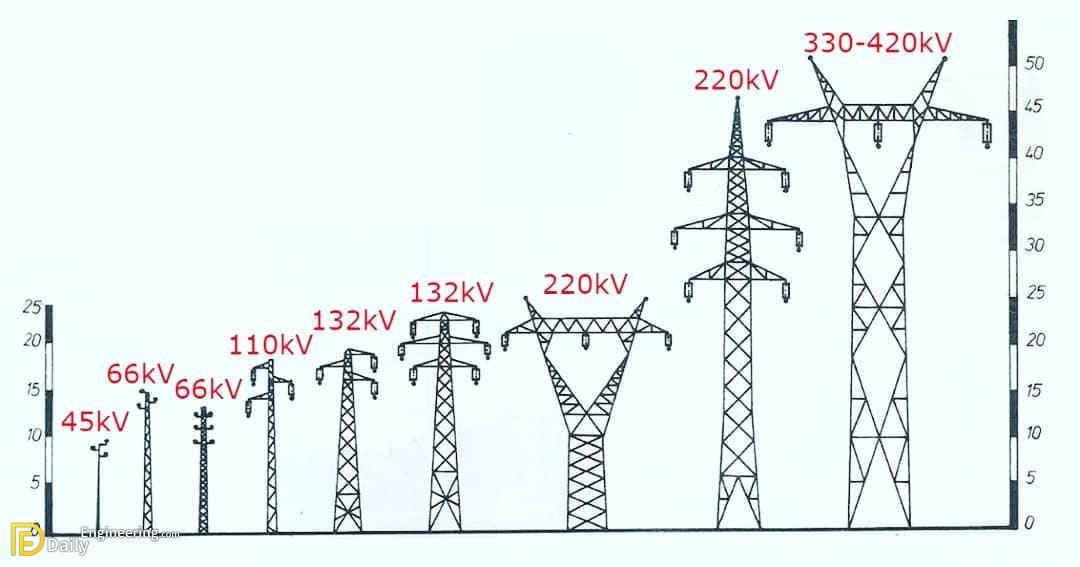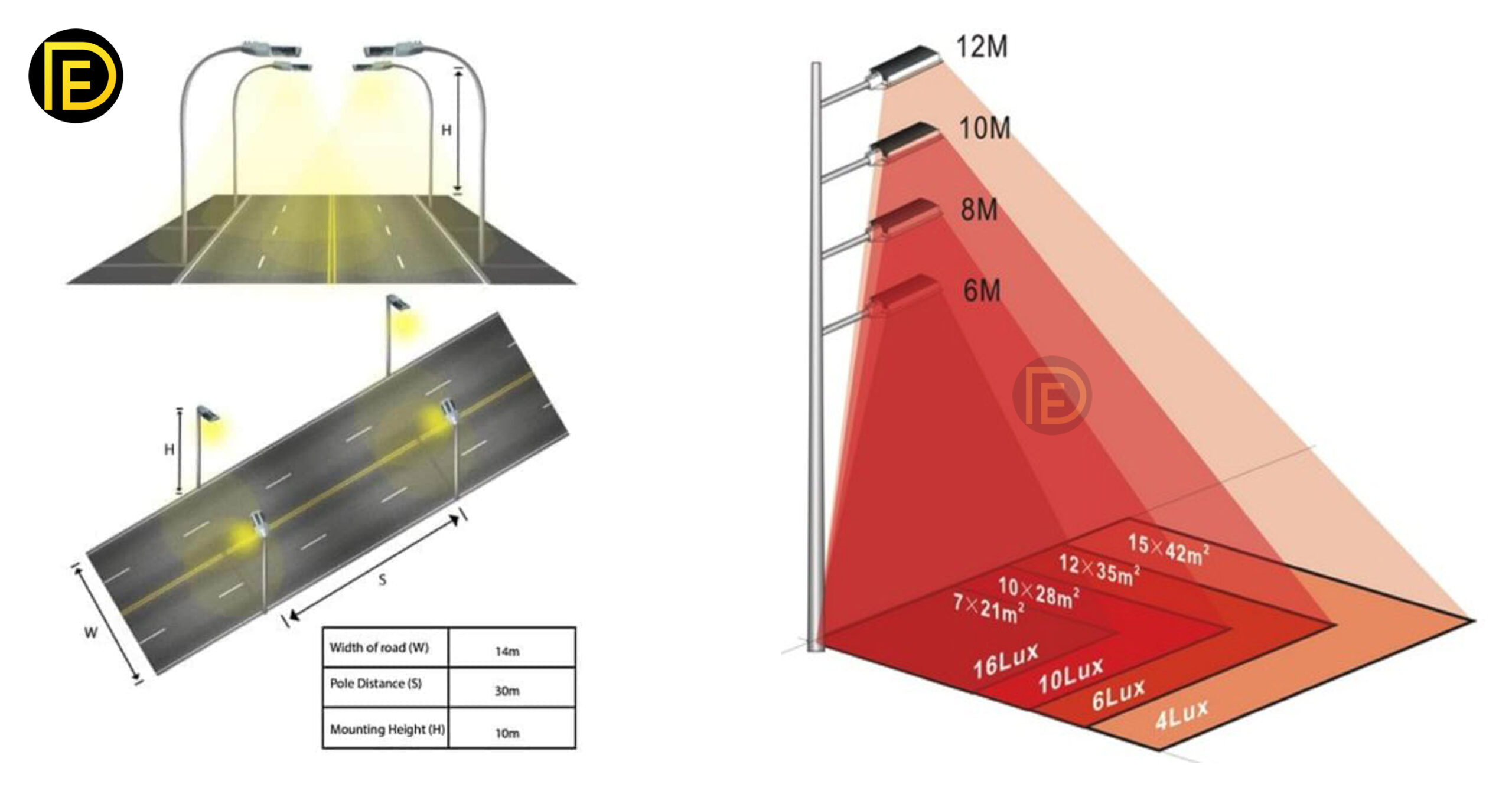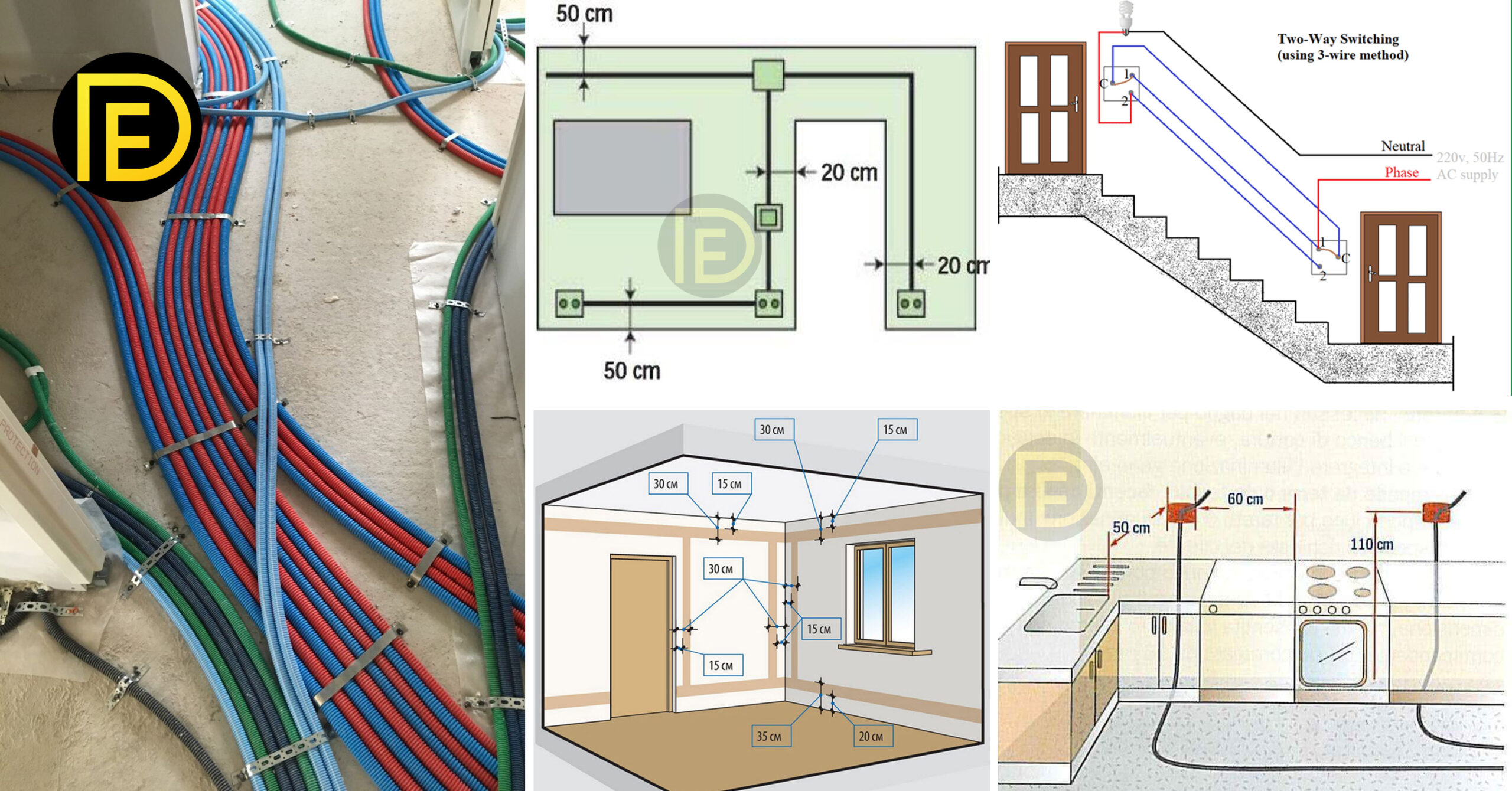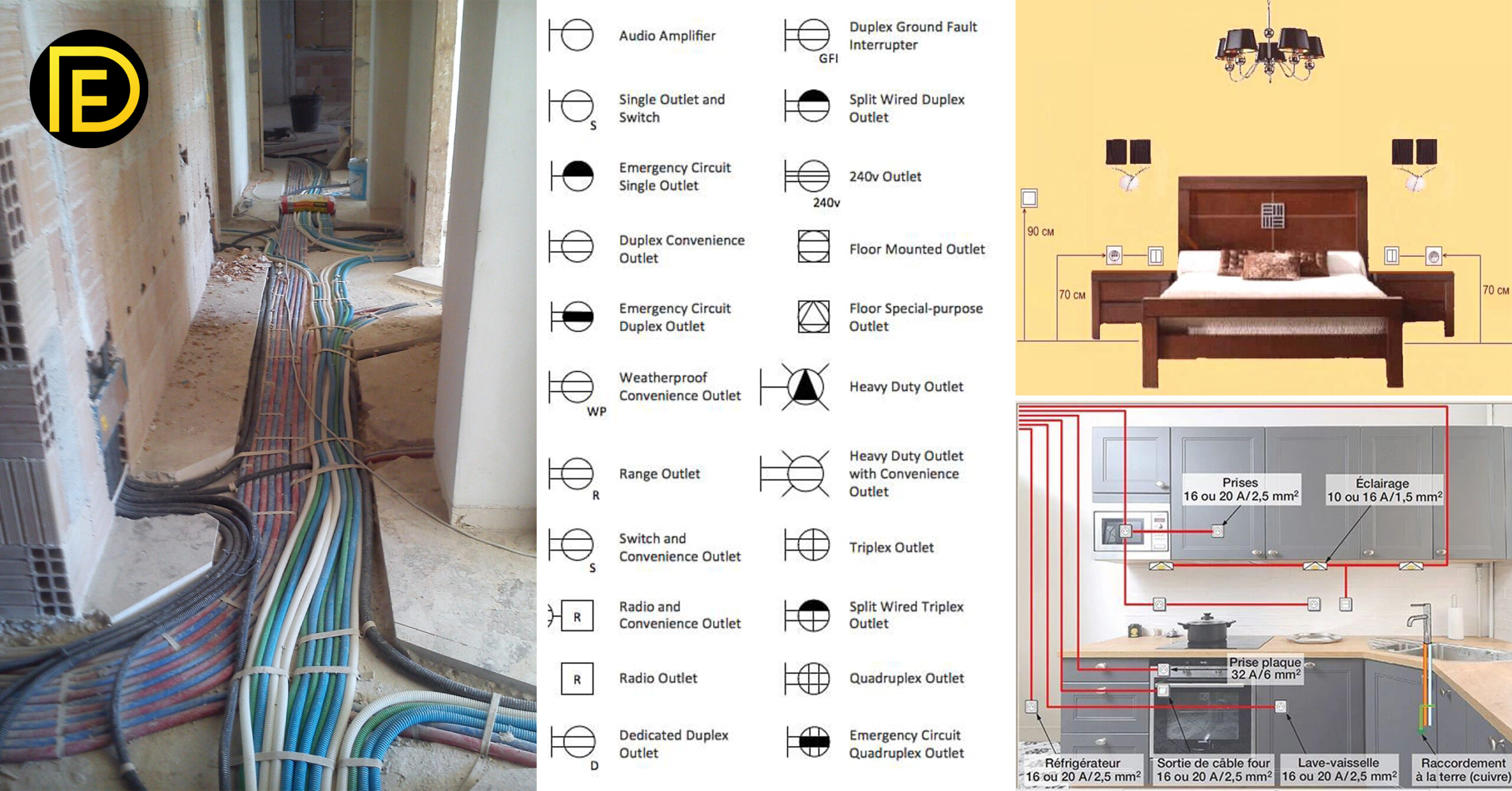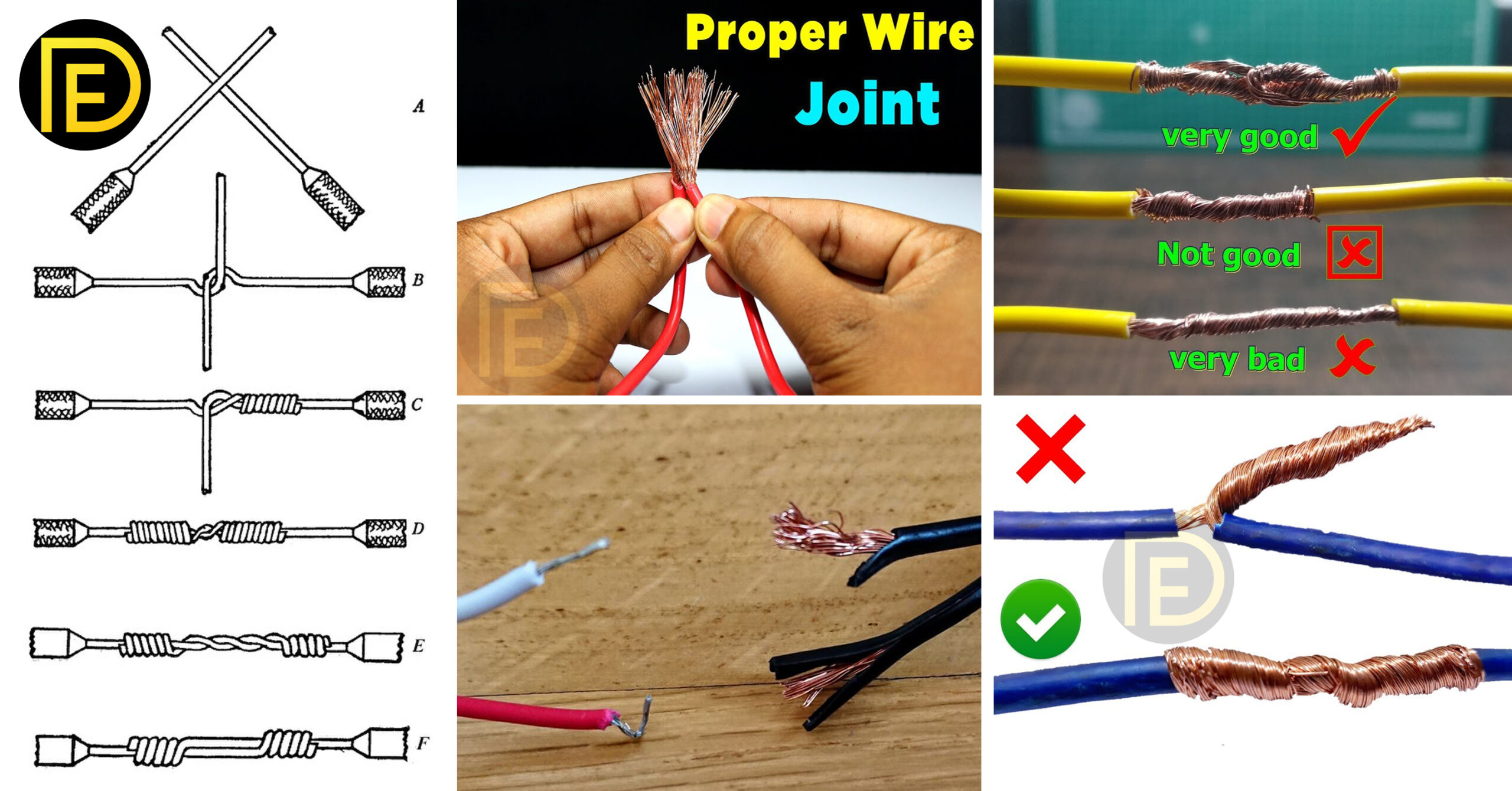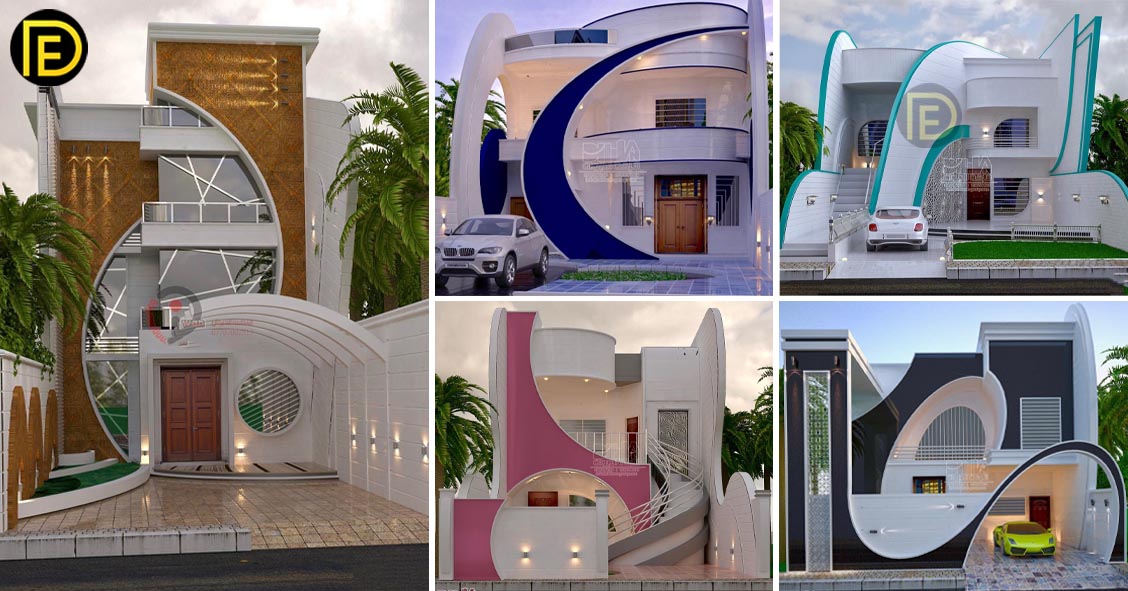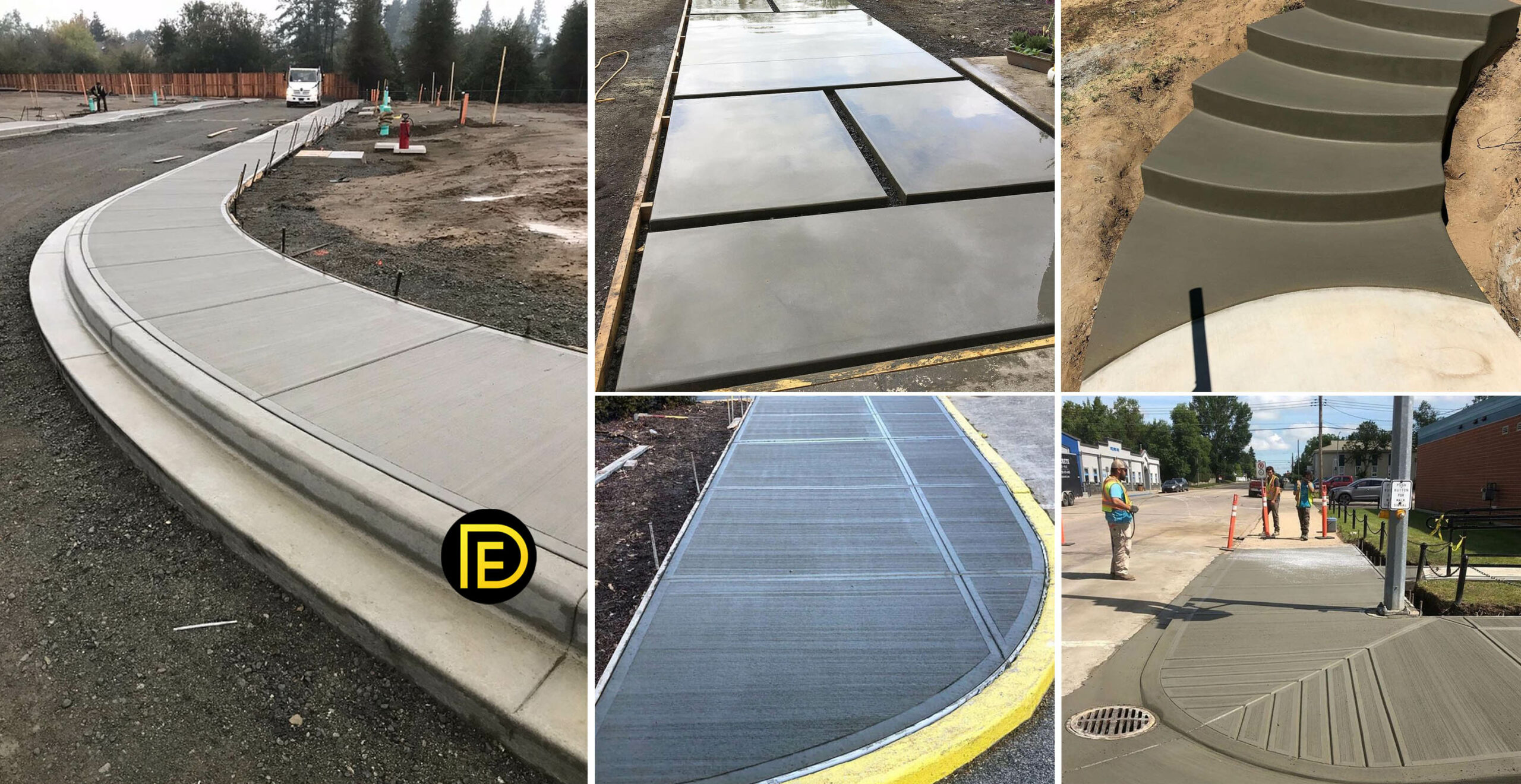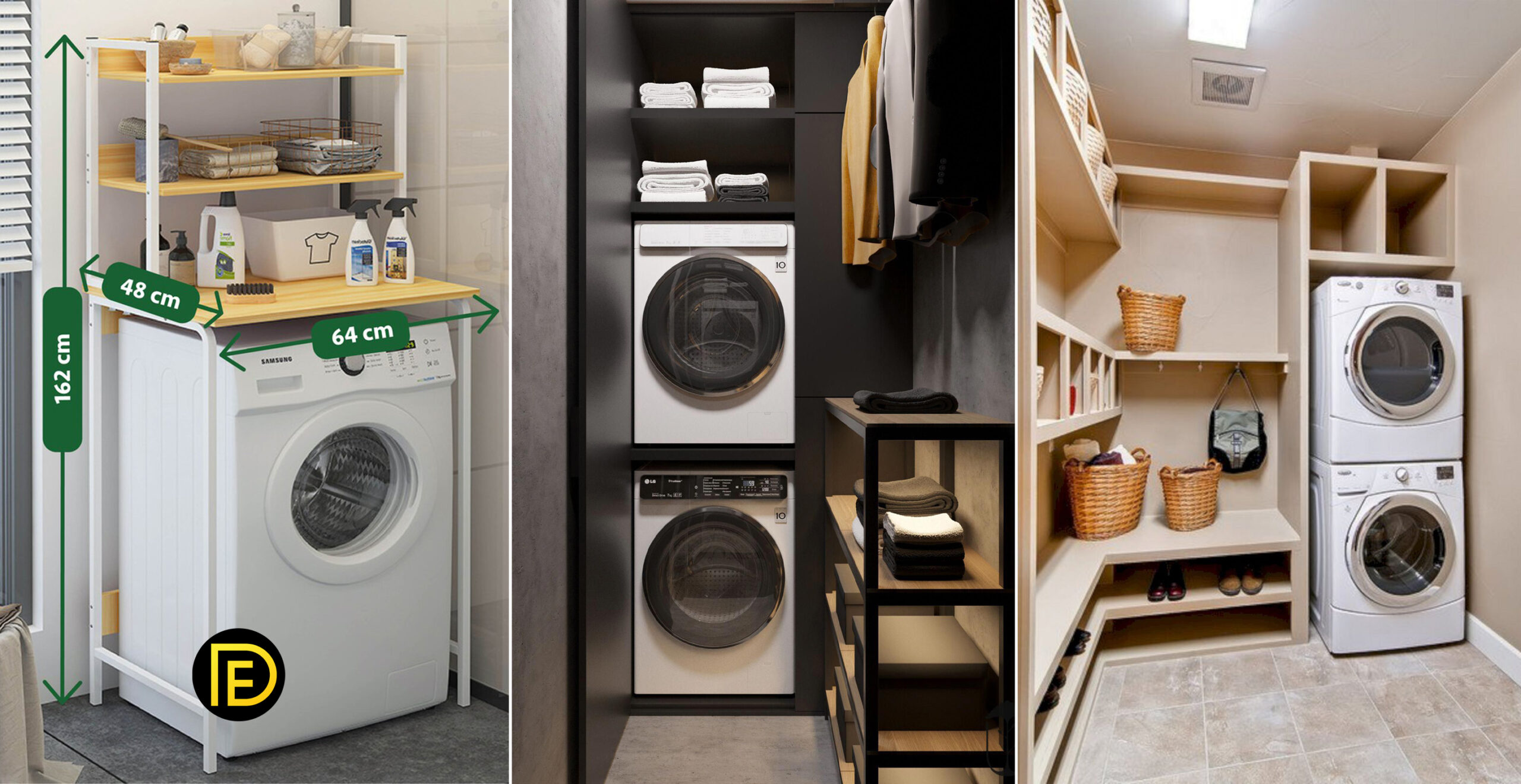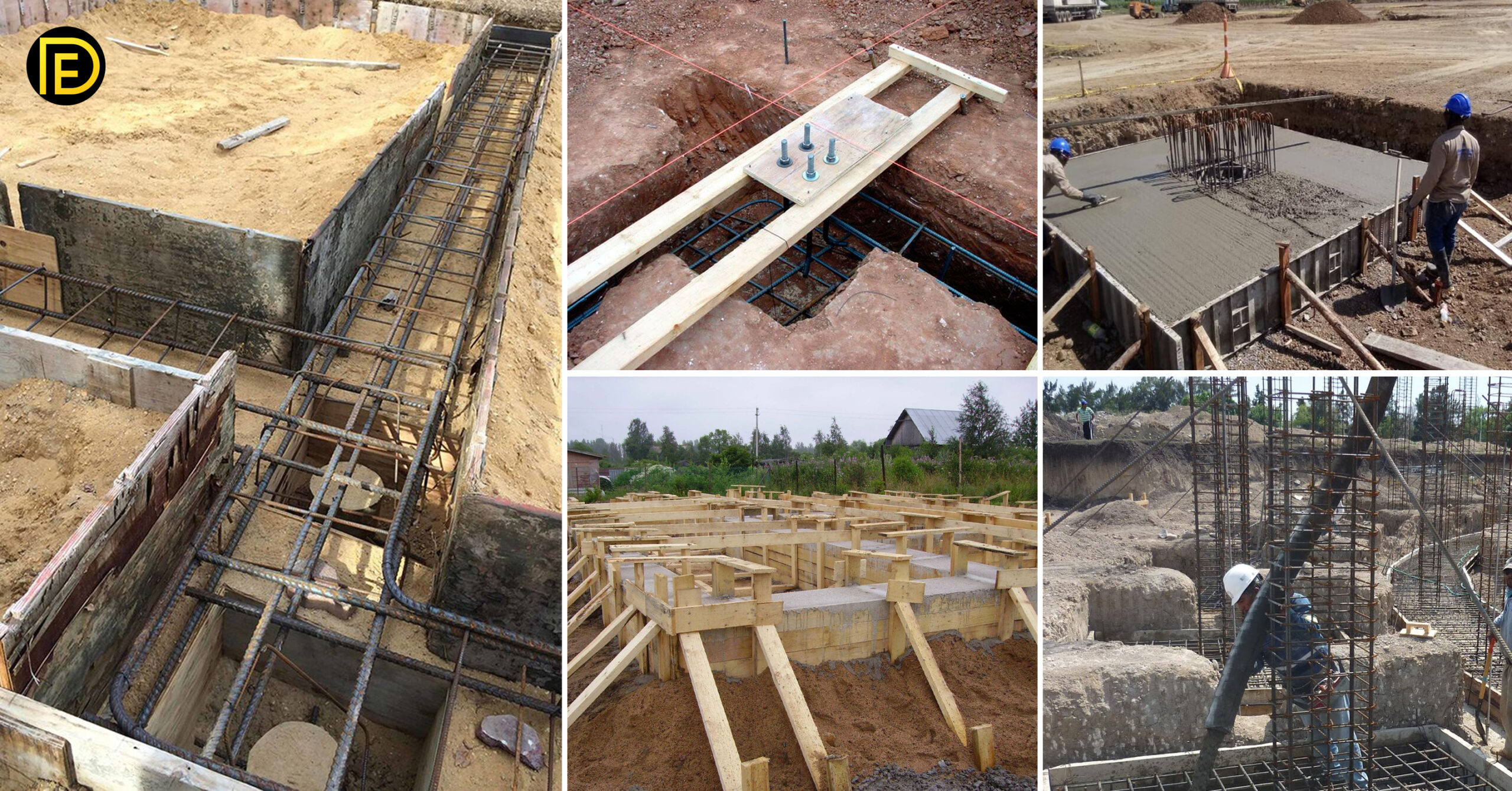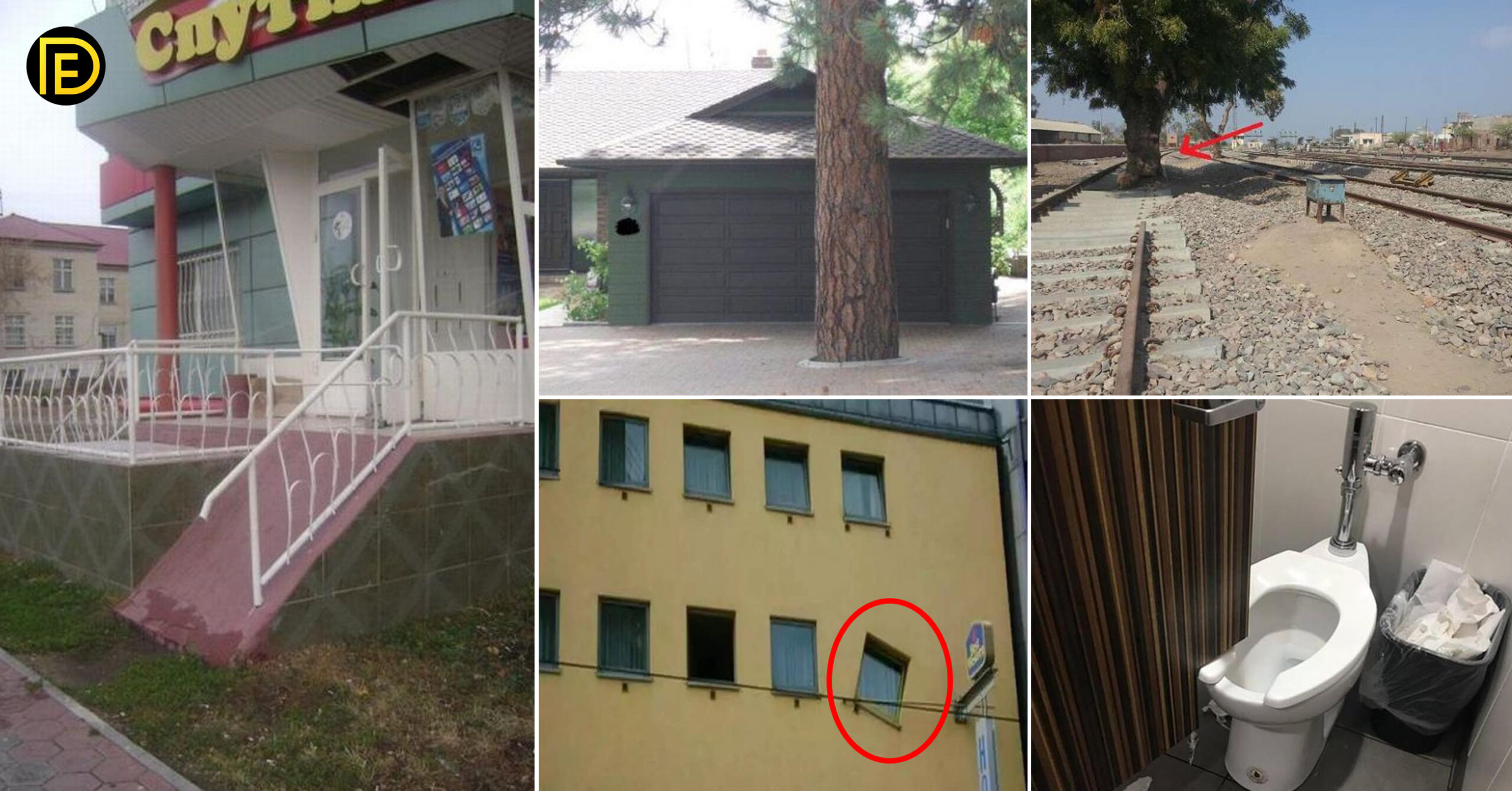A transmission tower or power tower (electricity pylon or electric pylon in the United Kingdom, Canada, and parts of Europe) is a tall structure, usually, a steel lattice tower used to support an overhead power line. They are used in high-voltage AC and DC systems and come in a wide variety of shapes and sizes.
Typical height ranges from 15 to 55 m (49 to 180 ft), though the tallest is the 370 m (1,214 ft) towers of a 2,700 m (8,858 ft) span of Zhoushan Island Overhead Power line Tie. In addition to steel, other materials may be used, including concrete and wood. There are four major categories of transmission towers: suspension, terminal, tension, and transposition.
Some transmission towers combine these basic functions. Transmission towers and their overhead power lines are often considered to be a form of visual pollution. Methods to reduce the visual effect include undergrounding.
For more information watch this video
Click Here To See Why Is Earth Pin (E) Longer And Thicker Than Live And Neutral Pins


